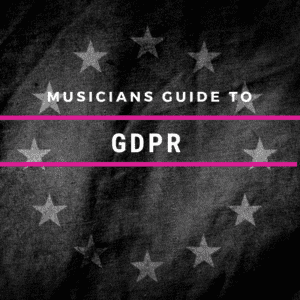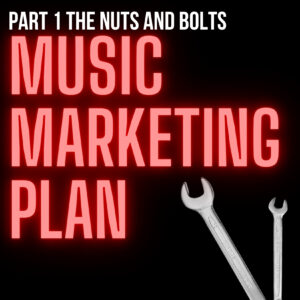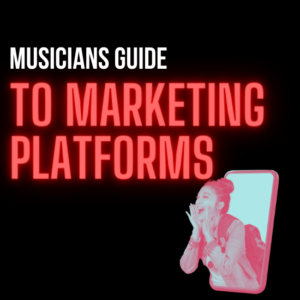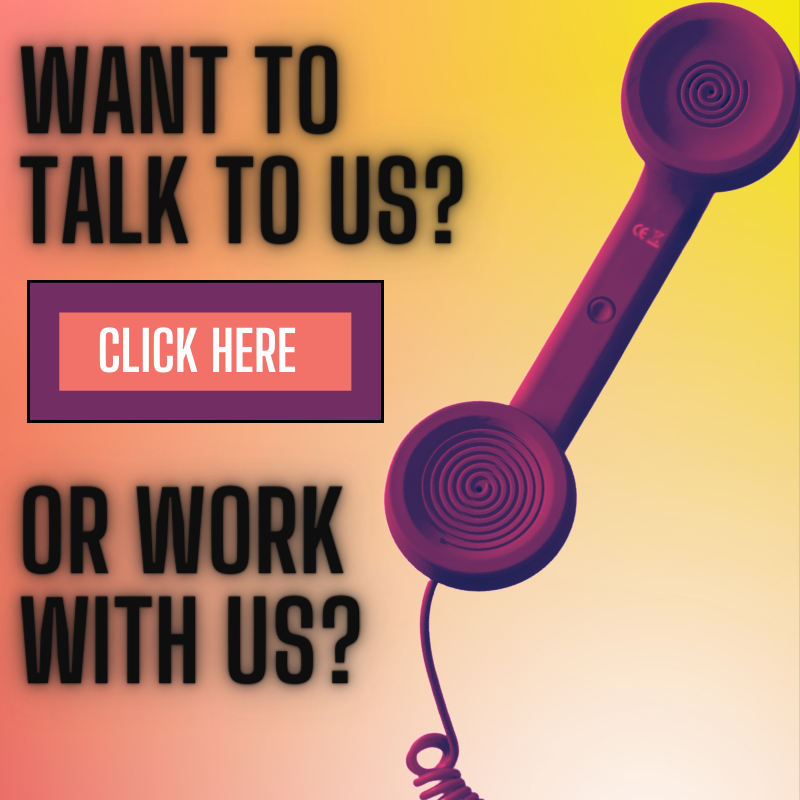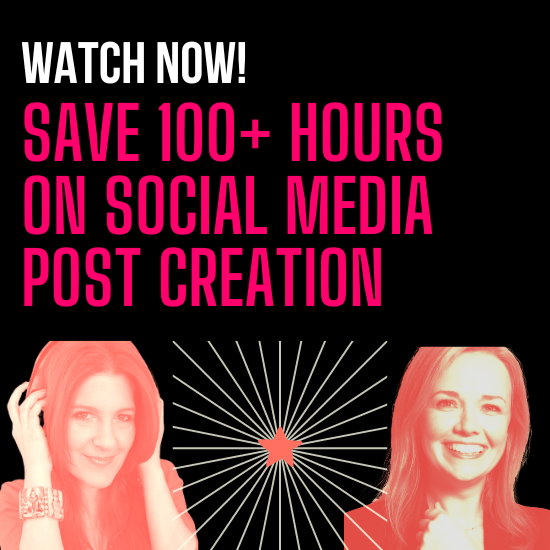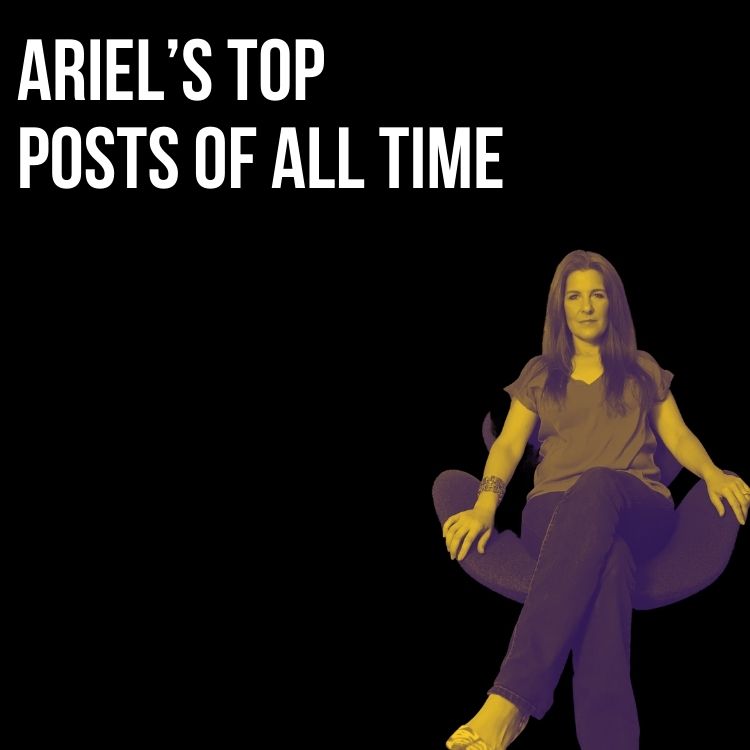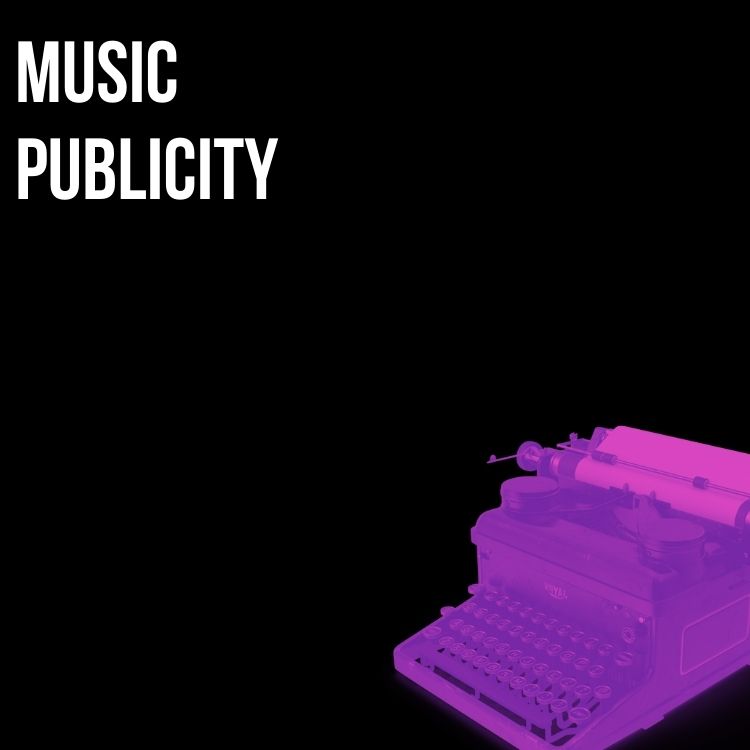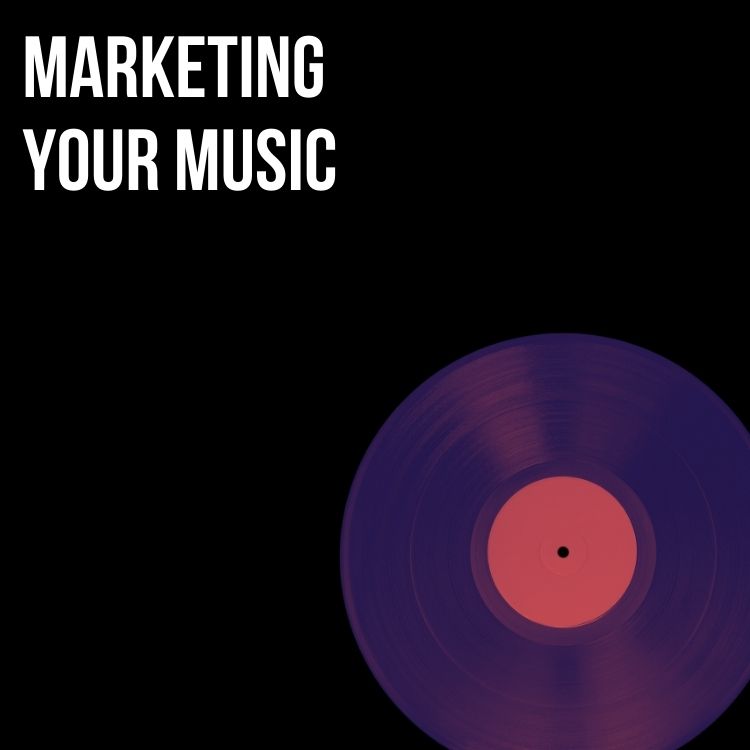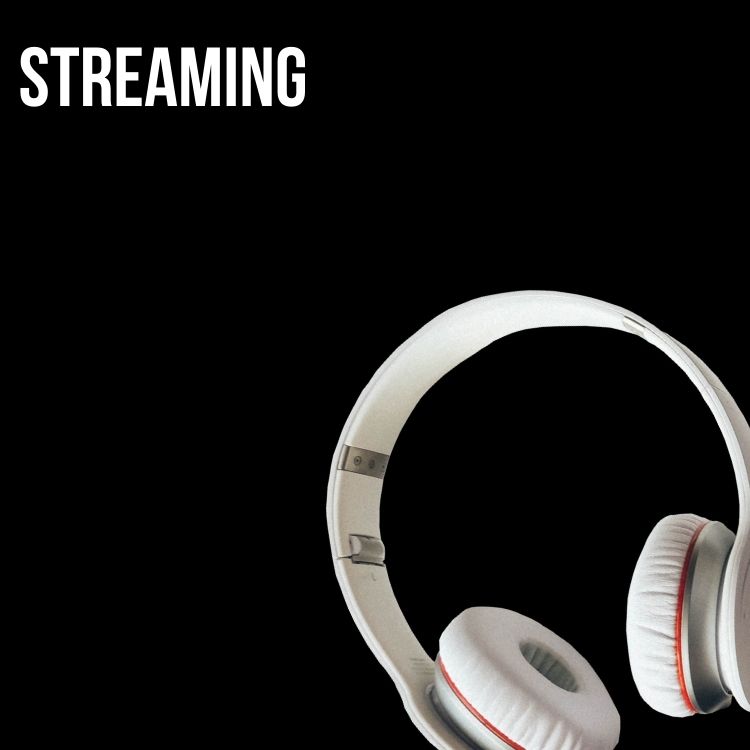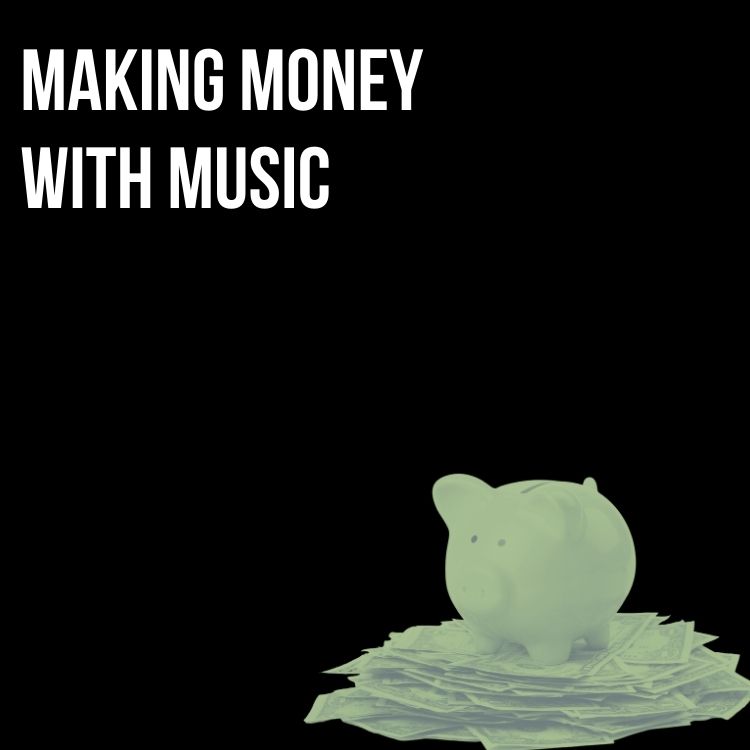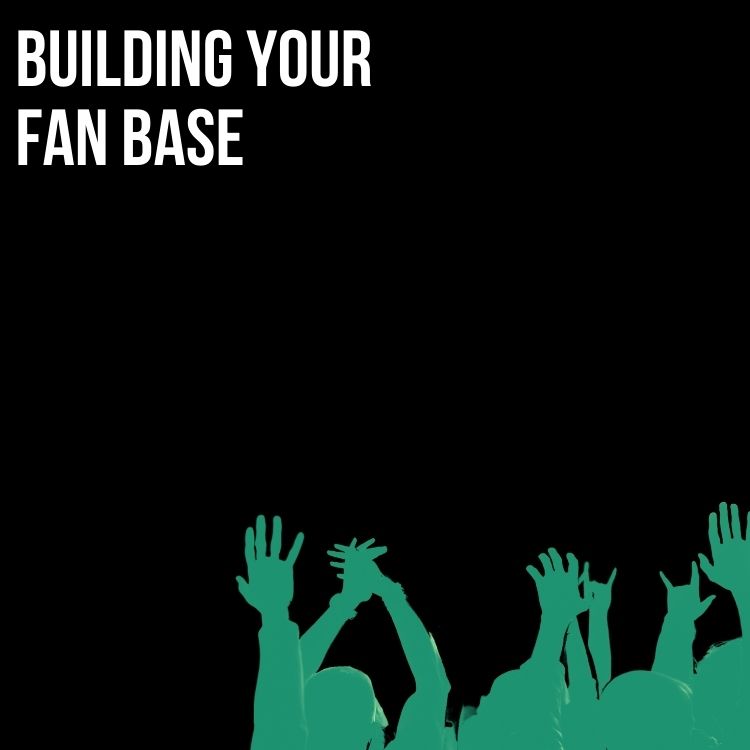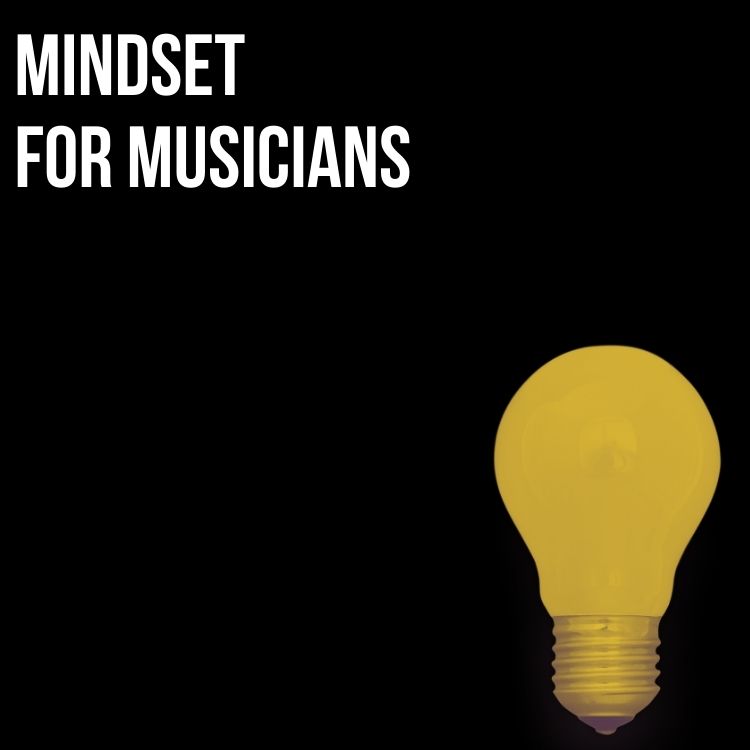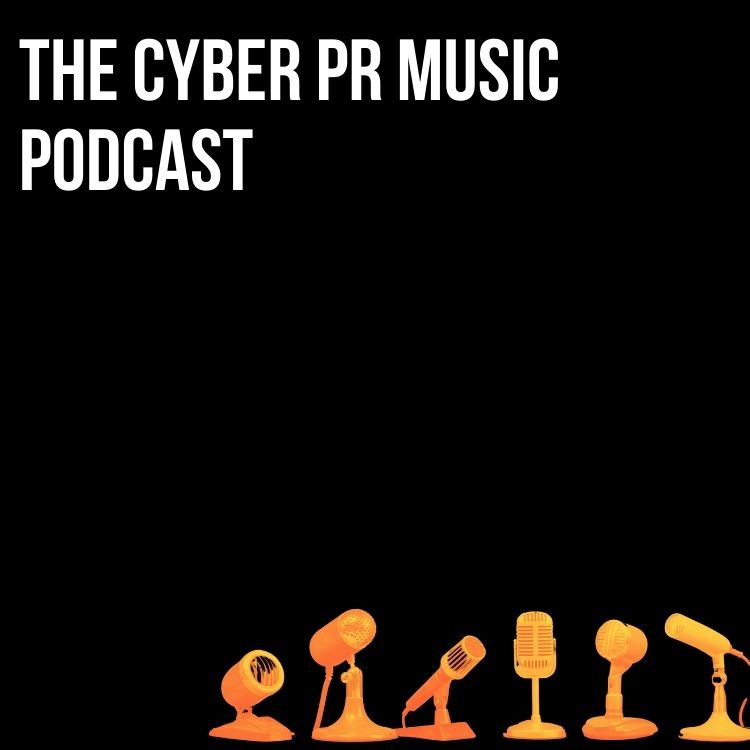
Every great endeavor starts with a strong foundation. By now I hope you have reviewed at least a few modules of my 9-part Social Media House series, and taken yourself through some of the videos and action sheets. I saved Crowdfunding for last because it requires a strong foundation before you consider launching a campaign. In fact, it requires so much preparation that I wrote a whole book about crowdfunding called CROWDSTART. You can download a free chapter here if you’d like.
Crowdfunding Campaigns
Planning is everything with crowdfunding: you must get a clear overview of the timeline for your project, choose the right platform, decide on an appropriate financial goal, and build the team you will need to support your efforts. Action Sheet 9: Ariel’s Treasure Trove of Sites will give you a list of all the possible sites that can help you. Then come the nuts and bolts of the campaign: a name and description that will attract funders, great rewards and bonuses to increase the size of contributions, creating all the online pieces in advance so your campaign is ready for launch. Many artists complain that they feel like carnival barkers when approaching crowdfunding and I understand why. It is not an easy thing to do but it can be immensely rewarding if you decide to take it on. Fear not! This final part of Social Media House will give you an overview
Action Sheet 9.1: 5 Things Needed to PRE-Prepare for a Crowdfunding Campaign will help you get your assets in order.
Choose the Right Crowdfunding Platform
As crowdfunding has become more popular, crowdfunding sites (targeting different audiences and needs) have proliferated, and many have come and gone over the last few years. Today there are a handful of established crowdfunding platforms that remain the most reliable and respected. Not all platforms are created equal, and many have rules that are not obvious. I highly suggest that you work with a platform that allows you to keep a partial amount of the money you raise as opposed to a “you get all or nothing” approach (like Kickstarter). Why? Because crowdfunding requires a lot of work, and to do all of this work for nothing is crazy! However, if you are the go-for-broke type, or you have a project that requires 100% for even a partial delivery, this may be the route you choose. I will leave this decision up to you.
Kickstarter
This is arguably the most recognized platform in the crowdfunding space. Kickstarter is open to art, design, fashion, film, tech, music projects, and more. Kickstarter is known for quite a few record-breaking campaigns, including the Pebble Watch, The Coolest cooler, Amanda Palmer’s album-focused campaign, and the greenlighting of the Veronica Mars movie by a major film production company all happened on KIckstarter.
Kickstarter takes 5% of all the money raised in a successful campaign, plus 3% and $0.20 per pledge for payment processing. For pledges under $10, there is a discounted rate of 5% plus $0.05 per pledge.
To learn more about Kickstarter: http://www.kickstarter.com
Indiegogo
Projects on Indiegogo range from education to technology to arts to community. With Indiegogo, if you want to raise money for charity, you can register your campaign as a nonprofit.
Indiegogo has two kinds of funding: flexible and fixed. With flexible funding, you pay 4% of monies raised if you reach your goal, or 9% if you don’t (you still get to keep the monies whether you meet your goal or not). You pay 3-5% credit card processing fees per donation for any money collected.
To learn more about Indiegogo: http://www.indiegogo.com
PledgeMusic
This platform is exclusively for musicians. PledgeMusic focuses on the experiential component of crowdfunding campaigns by offering unique, direct-to-fan experiences that could not be obtained elsewhere.
Similar to Kickstarter, a campaign must reach at least 100% of the target goal or all money is returned to the pledgers.
To learn more about PledgeMusic: http://www.pledgemusic.com
Note: As of January 2019 Pledge has run into a wee bit of hot water for not paying artists on time. This article in Billboard explains in detail.
Estimating & Calculating Your Crowdfunding Expenses
Planning is key when considering how much money you actually need. Do you know what the campaign itself is going to cost you? Here are some items you should include in your budget.
- Credit card fees — Somewhere between 2-4% is a good estimate.
- Platform fee — Factor in the amount of money that the platform will be taking at the end of the campaign.
- Taxes — The money you raise will count as income, and Uncle Sam will take a portion. You also may need to account for sales tax.
- Reward delivery expenses — If the campaign is a success, you’ll be fulfilling on all those promises of bonuses and rewards for your contributors, and there will be costs associated with that. (When I was mailing the rewards for my campaign, I hadn’t taken international shipping into account. The packages destined for Asia and Africa cost me a pretty penny to mail, so I lost extra money on those particular backers.) Remember to give yourself some padding, because you may be delivering products several months after your crowdfunding campaign completes.
- Legal — There may be legal and accounting responsibilities associated with the money that you raise. Make sure that you consult an accountant on this topic so you don’t have to forfeit money that you needed and were counting on.
- Supplies — Bubble wrap, envelopes, labels, tape, and other supplies cost money too.
- Newsletter management — You should factor in additional costs to increase your newsletter management subscription to allow for a higher number of emails per month sent from your account.
- Additional graphic design — You want this campaign to look as attractive as possible.
- Marketing and social media budget — Consider adding marketing, PR, or social media budget to promote your product or project after your campaign.
Budget is not all you need to prepare! Action Sheet 9.2: Crowdfunding Campaign Checklist will give you even more items to think through so that you will be successful.
Building Your Crowdfunding Team
I highly discourage you from taking on crowdfunding by yourself. It is a process that can be emotionally draining and quite complicated to manage effectively alone. Even if you are a lone wolf artist who likes to create with no additional input, I strongly urge you to change your mindset when it comes to your campaign. The most successful campaigns are well planned and have a team behind them.
Generating PR For Your Crowdfunding Campaign
Also, know that if you want PR for your crowdfunding campaign that will take a whole separate strategy.
Continuum Programs
If a crowdfunding campaign is not for you due to the intense amount of pressure to deliver in a finite amount of time or if you have already run a crowdfunding campaign and you want to generate a steady income, you may want to consider a Continuum Program. This is an offer to get your fans to buy from you on a regular basis.
The concept is simple: Entice your fans so they will give you money on a consistent basis. But remember, you can only do this after they have begun to engage with you and they trust you. Remember the Columbia Records program from back in the day? Their concept was simple: Give the music-lover customer a LOT of value (12 cassettes for $1); then offer them albums they will like based on their tastes for a monthly premium.
With that in mind, what can you offer your fans on an ongoing basis that will get them to buy?
Note this does not have to be an every-single-month offering: It can be four times a year – the concept here is consistency!
Patreon
There are 2 platforms I suggest for helping to create Continuum offers. Patreon will allow you to receive income you can depend on. Whether it’s per month or per creation, such as single, EP, or video, you patrons can give you the consistent support by pledging a monthly or per project payment. Patreon is not only a payment platform, it’s also a platform for you to engage with the fans who care about you the most. Patrons can comment on the work you’ve shared and you can interact and engage with your biggest fans and supporters.
To learn more about Patreon: https://www.patreon.com
Bandcamp’s Subscription Service
Bandcamp also has a great tool that allows you to create your own subscription service. For a monthly or annual fee (your choice) your fans not only get the satisfaction of knowing they’re supporting you, and they get all the new music or shows you make, streaming instantly to their mobile devices. There are also live show / ticket options and you also get a portal where you can access to your subscriber community, where you can post messages, photos and video, and converse with your paying supporters!
To learn more about Bandcamp’s Subscription Service: https://bandcamp.com/subscriptions
I hope that you have found this final week helpful and that it allows you to generate more income you deserve for your art!
Watch part nine’s videos:
Introduction To Week 9: Fan Funding and Continuum Programs
Week 9: Fan Funding and Continuum Programs
And again, don’t forget to subscribe to my YouTube channel so you don’t miss out on a single thing!
Subscribe for more!
Back to The Blog



